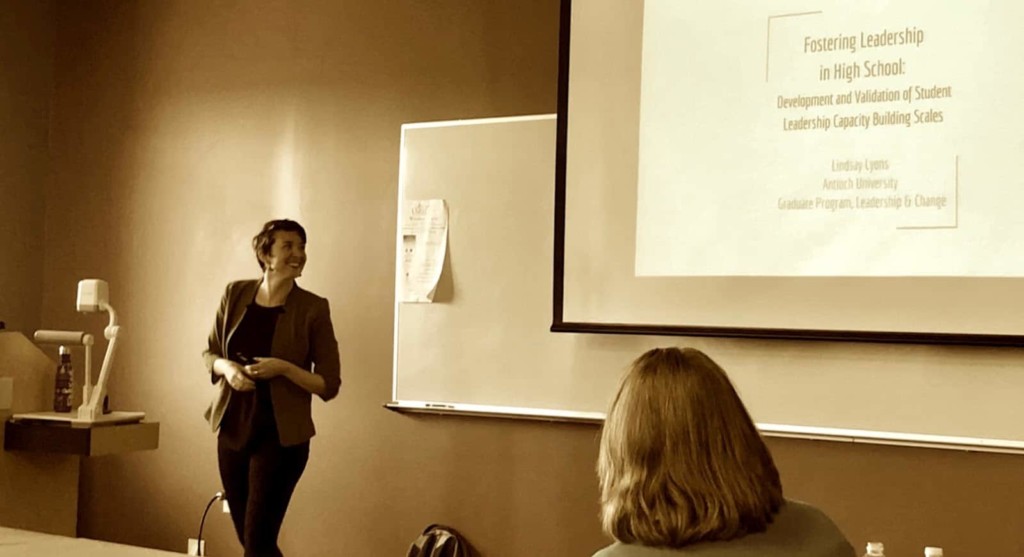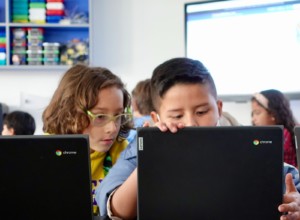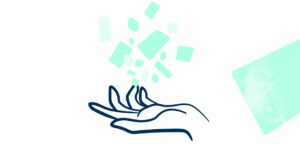A Key Component of Student Voice

As a Gender and Women’s Studies and Sociology major in undergrad, I pursued teaching as a way to advance justice. Over the course of my teaching career, I realized two key ideas were at the heart of my students’ success: niching my content and amplifying student voice.
Niche Your Content
When tasked with teaching literacy, I taught literacy skills through feminist content. I had previously created and taught a course that I called Introduction to Gender Studies, and I noticed the same students I had in my core courses became different people when they entered the elective class. I saw a major shift from their engagement and academic achievement in my core classes. The absence of pressure to “cover” content in my elective, prompted me to try a deep dive into a focused topic. My students wrote essays and poetry, conducted research, and deeply analyzed each other’s points during class discussions with a feminist lens. It was thrilling.
Over the years, I niched the content even further, moving from a broad Introduction to Gender Studies, to Feminism and Literature, and then Feminism and Social Change. In the books, it was still Literacy, but to me, my students, and anyone who picked up a syllabus, it was about feminism. Even though I had to prepare students for the standardized test at the end of the course, I committed to niching down, centering justice, and creating open-ended projects. As a result, students passed their tests at much higher rates. I sought out other educators who were doing similar things like @feministteacher Ileana Jiménez, collectives like the New York Performance Standards Consortium, and schools like Urban Academy. Looking through Urban’s course catalog is one of the most inspiring resources I’ve used to spark creativity around niched course content.
Amplify Student Voice
Niching my content allowed students to explore content and topics they hadn’t talked about in much depth before. They were able to pursue their passion, become experts of their own sub-topics, and create authentic assessments that raised awareness of or directly addressed injustice. Creating spaces for discussion around identity, injustice, and activism enabled students to literally voice their ideas. This contributed to a class culture that ultimately led to students hosting a performance of their original justice-based poetry, putting on a school-wide social justice expo to raise awareness of local and international injustice, and creating and presenting recommendations for policy change to the school’s leadership team.
Student voice includes involving students in the design of what, how, where, and when they learn. So, one semester, I pushed the boundaries of student voice and invited each of my 90 students to design their own unit and with the help of an adult mentor (when possible, a content expert), complete their unit over the course of a few months. One student taught himself a new coding language and created a video game. Another student created a full magazine with 12 original articles. A few students made video documentaries with topics ranging from the hypocrisy of the founding fathers to music to the city’s social justice art installations. Another group of students designed, manufactured, and sold t-shirts raising awareness of LGBTQ oppression and the mistreatment of pregnant women in prison.
The very first activist project I designed was for my high school seniors. I named it our Make-A-Difference project. The class didn’t end in a standardized test, so I thought this was my only chance to have the kind of class I dreamed of having when I first got into teaching. In many ways, this small project mirrored the type of teaching I would later use in all of my core classes. It was an authentic assessment, rooted in justice, that gave students the flexibility to follow their passions and produce a product that they believed would advance justice. It took me years to realize this was possible in any class with some justice-centered niching and the opportunity for students to become activists.
For more, see:
- Stephanie Krauss on Readiness, Opportunity, and the Right to a Decent Life
- The Two Most Important Things We Don’t Teach
Lindsay Lyons is an instructional who works with teachers and school leaders to inspire educational innovation towards racial and gender justice, design curricula grounded in student voice, and build capacity for shared leadership. Lindsay holds a Ph.D. in Leadership and Change and hosts the Time for Teachership podcast.
To start building a niched unit of your own, grab my free Backwards Planning Template.
Stay in-the-know with innovations in learning by signing up for the weekly Smart Update.






0 Comments
Leave a Comment
Your email address will not be published. All fields are required.